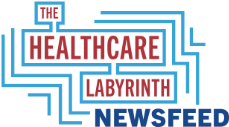Kaiser Turns Around Performance
Kaiser Permanente moved from a $1 billion loss in 2022 to about breakeven at least in terms of operating income in 2023. Its income was $4.1 billion with investments. It reached the $100 billion mark in both operating revenues and expenses.
#kaiserpermanente #managedcare





